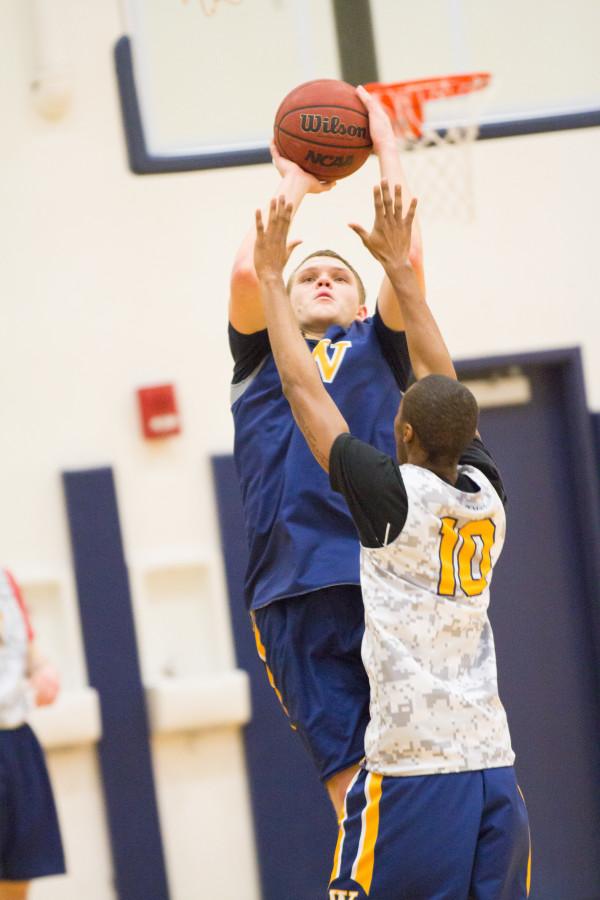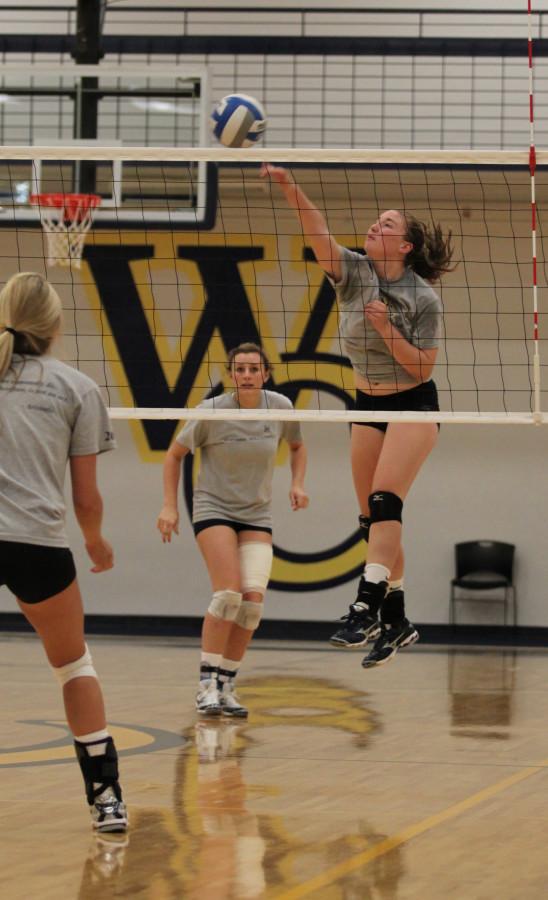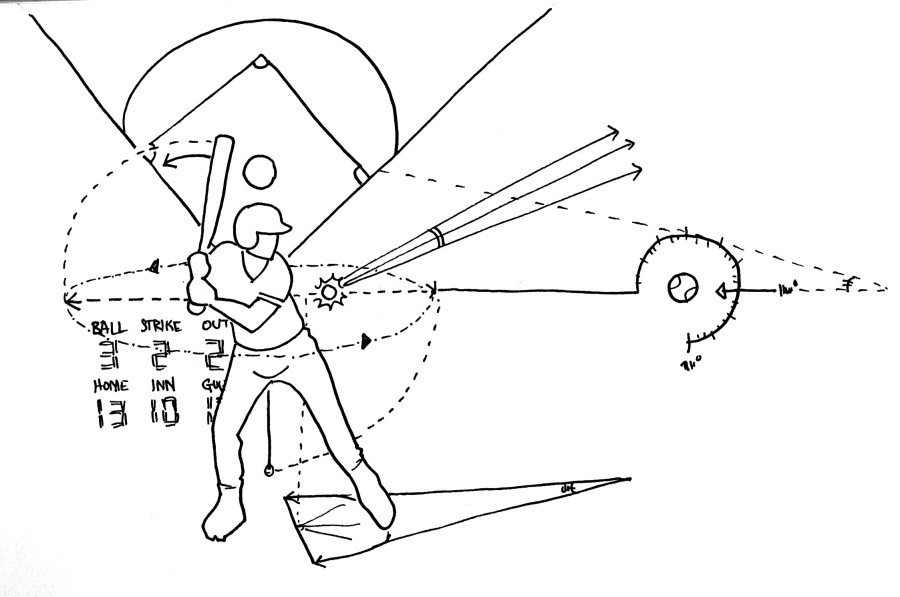
Whether it occurs on the court, field, water or ice, a truly celebratory sports moment can be defined by one element: the reaction of the crowd.
Beyond the cheering that reverberates through dreaming minds worldwide, crowd dynamics play a significant role in the character of sporting events. This is especially true in a small environment like Whitman College where strong attendance at sporting events can make a palpable difference for spectators and players alike.
“A crowd takes success and failure and externalizes it,” said sophomore Elise Otto, a top member of the Whitman women’s tennis team. “Sports are emotional, and a crowd multiplies whatever emotion you are feeling.”
In many cases, crowds and the energy they provide can give players and teams a noticeable boost. Within the last few years, for instance, the Seattle Seahawks have hailed their home fans as a “twelfth man,” as if the potent crowd gives as much advantage as having an extra player on the field.
Junior baseball player Brian Kitamura highlighted a crowd’s ability to build momentum, a strong benefit to any team, as its most outstanding measurable effect.
“The biggest way crowds impact games is momentum shifts,” Kitamura said. “Cheering, clapping, positive reinforcement: it always helps to know you have support behind you, especially at home.”
However, just as an encouraging crowd can aid athletes, heckling and negative attention can trigger an opposite and equally potent reaction.
Otto recalled a tournament in Texas last year where fans began to jeer and call her names. Although she had established an early lead, the crowd influenced her enough that she lost her edge, and eventually the match.
In other more team-oriented sports, teammates can help absorb or deflect such blows. But tennis is by nature an individual endeavor, and Otto noted how the crowd trapped her within her feelings of isolation.
“It seemed like a pretty traumatic experience at the time,” Otto said. “But in retrospect I felt picked on because I felt so alone. There was no one that I knew for me to look at or complain to.”
Often alone on the mound or in the batter’s box, Kitamura is also familiar with crowd negativity. He mentioned how players adapt to hostile environments and push distractions to the side.
“Fans will be extremely persistent,” Kitamura said. “But you learn to block it out.”
Kitamura referred to Whitman’s recent baseball games at Occidental College as a unique example of crowd interaction, notable because there were strong numbers of fans supporting each of the teams. He described how in the same way that teams square off, opposing crowds can also duel for control of a game.
“It’s like a battle between the fans: who can pump up their team the most,” he said.
Sometimes, in situations like this, crowds will tug momentum back and forth. In many instances, they will feed off each other and build collectively toward a common goal. Regardless, a game can be an occasion for raucous rejoicing or mourning fallen allies. They can even be giant group therapy sessions.
And it is precisely this emotional liveliness, this power to alter the nature of a game without even playing, that makes the crowd’s experience so enjoyable.





